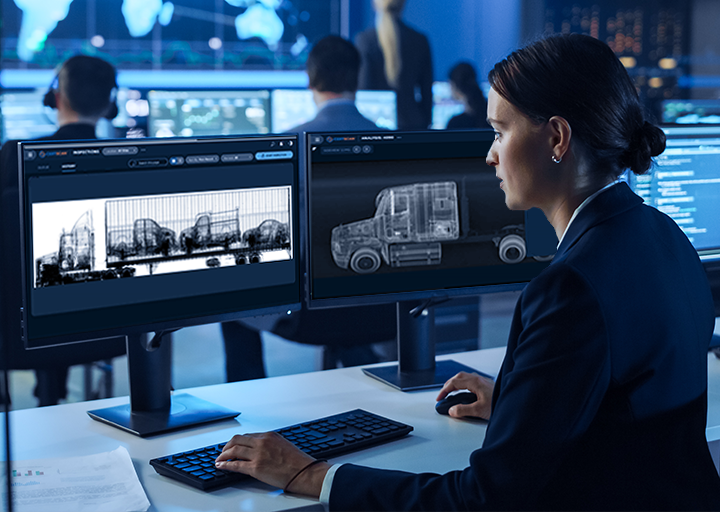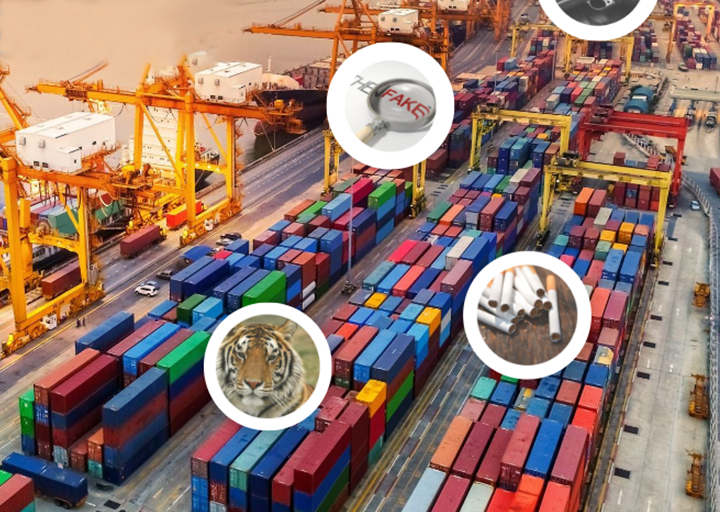Image Analysis Programs
Our image analysis programs implement millions of “real-world” scans along with matching manifest data on available shipments providing students a learning environment only found at S2U. After each image is analyzed, adjudication is selected and documented. At the completion of each lab a visual report enables the student to identify incorrect actions.
Developed in sync with scanning operations throughout the world our image analysis program teaches the same methods and processes used to successfully detect contraband in x-ray images. Using real-world scans, our programs give analysts the skills they need to evaluate x-ray images during inspection. After successfully completing our fundamentals program, advanced level training is available to further develop the ability to detect anomalies such as drugs, weapons, currency and other contraband.
Once the program is completed an S2 University Completion Certificate is issued to the student.


For administrators, tracking the progress of students is easy using the built-in reporting feature. Updated courses are available to keep analyst's skills up to date with the latest detection techniques.
Our program consists of multiple courses each building upon previously learned skills. As an added value, the S2 course development team can use your own images to build image labs to share analysis techniques with colleagues. Starting this year, we have added 'how to tag' data to our course.
A key element to an efficient operation includes highly trained personnel with a skill level appropriate for the task. S2 University training programs provide the expertise your people need, today.


Image Analysis Method
In this course the student will learn the correct method to apply when analyzing scan images of vehicles and cargo. The course covers private and commercial vehicles, buses, double container shipments, cars being transported as cargo and trailers.
Contraband Detection
Students learn different methods of trafficking and the type of cargo that is trafficked including; weapons, drugs, incorrect and un-manifested cargo as well as contraband and restricted items.
What is Normal
By understanding what is normal, an analyst can detect anomalies in x-rays. This course looks at the normal components of containers, vehicles, buses and trailers and the normal types of goods that are regularly carried as personal items.
Material Separation
This course looks at Organic and Inorganic materials and introduces the student to the 'Material Separation' tool functions that provide extra help in recognizing some of the materials that are found in an x-ray image.
